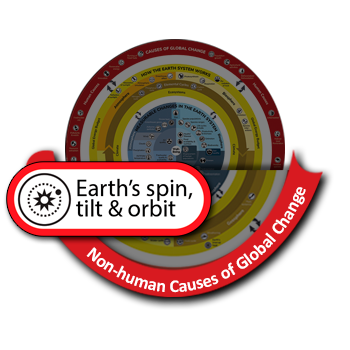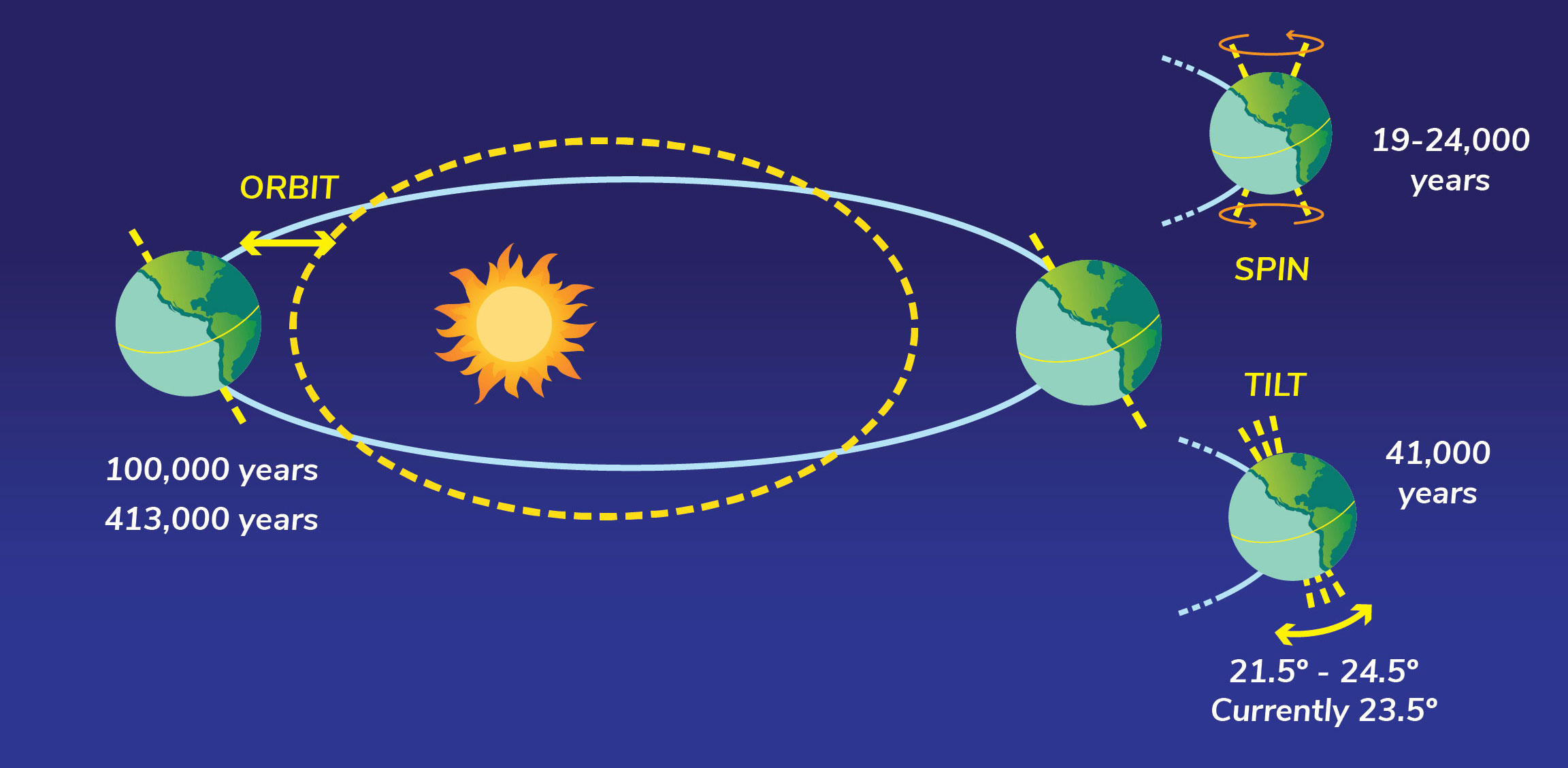Billy_Bob
Diamond Member
- Thread starter
- #481
IF you took the time to study what Javier purports, the second path takes the heat high into the atmosphere as it is pulled poll ward. This is above cloud boundary where LWIR can escape during transport. This distance change is aiding in the energy loss.Science is always skeptical and looking for other solutions. That does NOT mean that science has rejected what it currently holds as the best theory; it's just what science does. AGW is has been repeated and verified thousands of times by thousands of studies. NO ONE has verified Vinos' work.
You have no repeatedly claimed that AGW is a failed hypothesis when, as you well know, it is a VERY widely accepted theory. You claimed that empirical observations had shown it had failed yet, even when asked, you have NEVER presented those observations.
In this conversation I have assiduously stayed clear of discussions of the qualifications you claim. Any comments I have made that you might want to take as personal were addressing your failure to produce the observations you claimed to possess. That is, they were part and parcel of this discussion. That can NOT be said when you accuse me of being motivated by a desire to exercise "control over the populace". It cannot be said of ANY attempt to attach motives to my statements.
If Javier's (you're on a first name basis now?) premise is correct, perhaps you can explain how energy transport through 6,000 miles of air can overwhelm transport through 100 miles of air with 4.5 TIMES as great a temperature differential? For that matter, if most of the Earth's heating is escaping above the Arctic, HOW do satellites find a linear relationship between surface temperature and OLW intensity?





